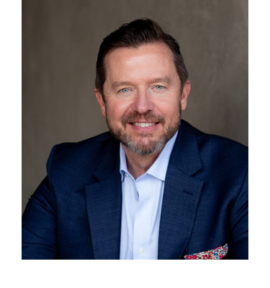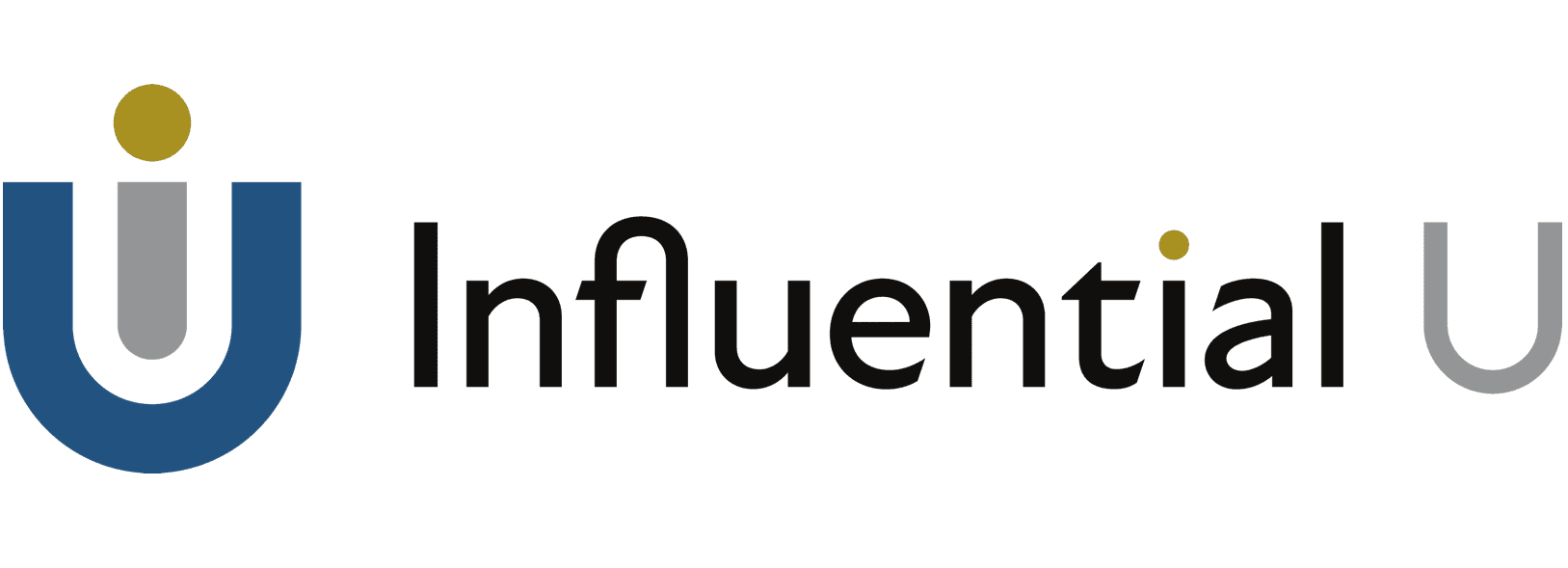
A penguin waddling across the Antarctic tundra is an agile rocket once in the water. If you pay attention to the environment, it makes a massive difference in how you perform. Let the environment do the heavy lifting! You succeed only when your ideas and actions get produced in an environment where others accept and nurture them.
Let the environment do the heavy lifting
Think of the time you spend attempting to influence others, sell others, or produce buy-in. Whether a business meeting, a sales presentation, or an entire market, you must have your ideas and actions accepted by others.
So how do we use this tool? First, we must offer an education in the facts and power of the environment. You are an organism inseparable from the environment. An “Influence Ecology” is an abstract concept for the reciprocal, co-constitutive organism/environment relationship: We are organisms within the environments we influence and are in turn influenced by the environments we cannot escape; this is the very meaning of ecology.
In the image above, consider how any one of these environments:
- suggests an idea or approach about how to use it
- constructs a narrative, story, or meaning about the situation
- produces a world of objects and structures with which to engage its users
- defines the rules, standards, or guidelines for how we should behave
These environments do so much work for us. These environments produce a huge influence to comply with the transaction built to serve the aims of those who participate and those who constructed them.
But why do we forget to use this tool?
Well, for example, imagine building a beautiful house without thinking of adding the plumbing. Many build environments and transactions that are missing critical components. In fact, from their personality’s view, they may not see the environment that’s missing.
An intuitive student will begin to see the merits of building ecologies and think, not just in terms of their own education, but also in terms of the environments they need to occupy, build, and maintain to satisfy their highest aspirations. Once built, developed, and maintained, the environment can do the heavy lifting, now acting as a multiplier to influence those that occupy the ecology.
Seed the Environment
We seed the targeted environment with the ideas, narratives, objects, and standards required to satisfy carefully articulated aims.
Each personality might, therefore, be proficient (or fit) to build an influence ecology in ways that are obvious to them; but trapped in their own perspective they might be missing something that works against their aims.
We can study the proficiencies of each personality to determine our own (or our team members’) fitness to influence an ecology. We can then know where we’re an asset and where we might need reinforcements from others. While the most objective-minded will easily see processes, structures, practices, measurements, standards, and regulations to bring back to their team, department, or function, they may not naturally see how to produce or maintain ideas, contexts, frameworks, relationships, stories, or missions.
Each personality is fitted to seed the environment in ways that others are not. As we have previously studied, each personality is likely to demonstrate assets, liabilities, and behaviors that can accelerate transactions or grind them to a halt.
Inventors – ideas Performers – narratives Producers – processes Judges – standards
When it comes to building your influence ecologies, we start with where we are proficient. For example, a Performer personality might be admirably fitted with constructing narratives with relationships in mind.
Once equipped with a mission, they can be observed seeding the targeted social ecology with carefully constructed narratives of meaning which help to immediately shape new thinking and acting. They first seek, nurture, and fortify relationships with powerful Centers of Influence. Then they share compelling stories that produce support and buy-in. They construct anecdotes that resonate with those they seek to influence. They continue to do this throughout the fabric of the relationships within the ecology they seek to occupy, build, or maintain. This is how a Performer might consider building an influence ecology.
We can study the proficiencies of each personality to determine our own (or our team members’) fitness to influence an ecology. We can then know where we’re an asset and where we might need reinforcements from others.
In our corporate programs, we demonstrate the 10 unique tools each personality brings to building the environment that amplifies buy-in and influence. Let the environment do the heavy lifting. Check it out: Transactional Competence™ Across Teams.
May 11, 2021, by John Patterson Co-Founder and CEO, Influential U
An Education in Being Influential
Our curriculum begins with the Fundamentals of Transaction Program, a six-month course of study specifically designed to influence others, work less, and make more.

AUTHOR
John Patterson
Co-founder and CEO
INFLUENTIAL U
John Patterson co-founded and manages the faculty and consultants of Influential U global. Since 1987, he has led workshops, programs, and conferences for over 100k people in diverse professions, industries, and cultures. His history includes corporate curriculum design focusing on business ecosystems, influence, leadership, and high-performance training and development.



